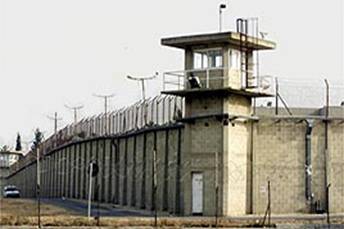Category: Reports
-
‘I can’t give you information about your health, it’s a security matter’
7th March 2014 | Corporate Watch, Tom Anderson and Therezia Cooper | Gaza, Occupied Palestine International action has been called for in solidarity with prisoners held in Israeli jails. Corporate Watch has been investigating the companies involved in the Israeli prison system and interviewing ex-prisoners. This interview is part of a series of articles which will be released over…
-
Settlers attack stopped by farmers in Talfeet
6 March 2014| International Solidarity Movement, Team Nablus| Talfeet, Occupied Palestine Farmers caught a settler cutting down olive trees in Talfeet, delivered him to the Israeli police and lodge a complaint toward him. This morning, at around 10:30, three farmers working on their land in Talfeet caught a settler cutting down ” title=”olive trees”>olive trees…
-
A specter is hunting Israel: the specter of the BDS movement
6th March 2014 | International Solidarity Movement, Marco Varasio | Gaza, Occupied Palestine While Israeli ministers are discussing the usage of lawyers and the Mossad to fight boycott, divestment and sanctions (BDS), in the besieged Gaza Strip, like in 250 other cities around the world, activists, students and representatives of organizations are preparing for the tenth annual Israeli…



